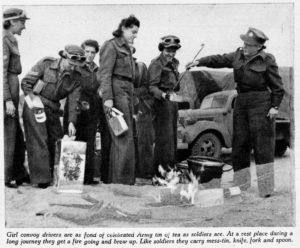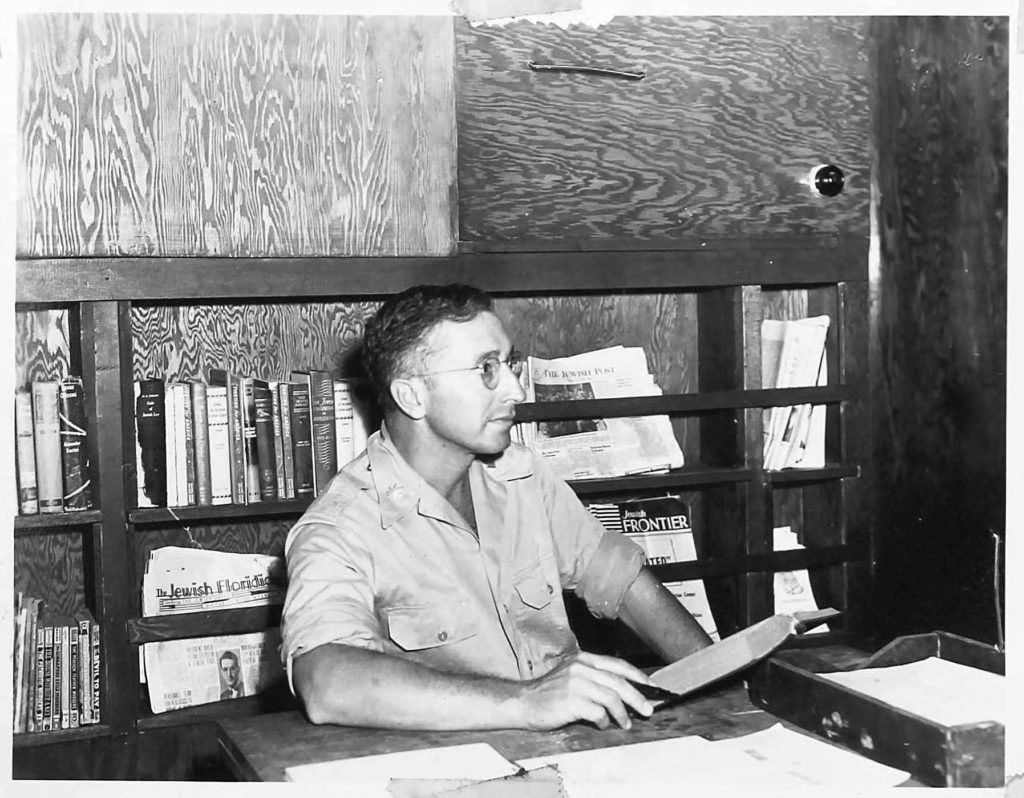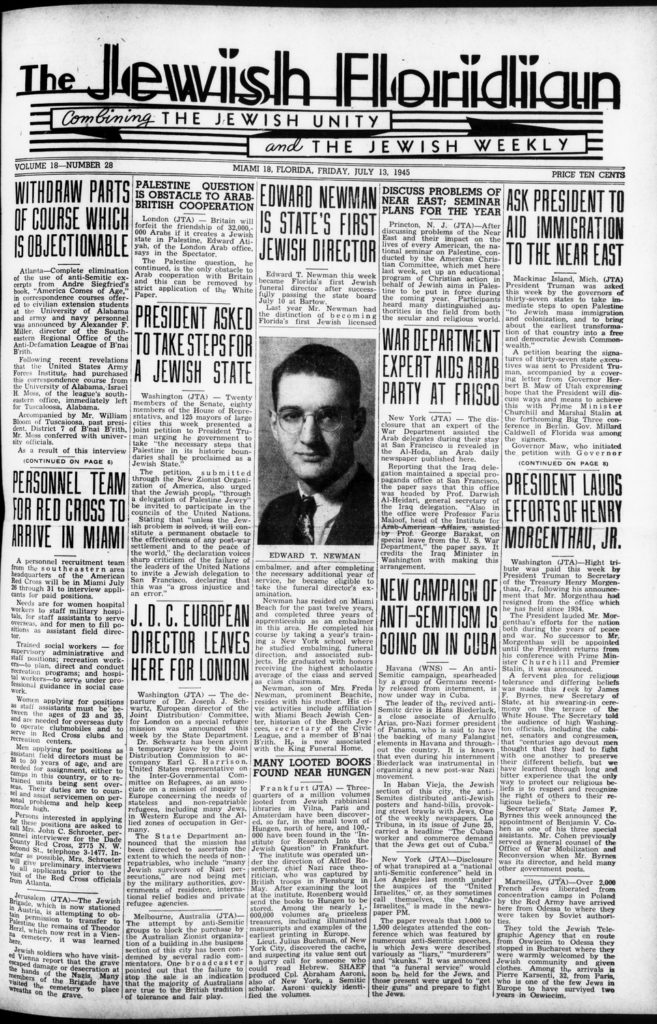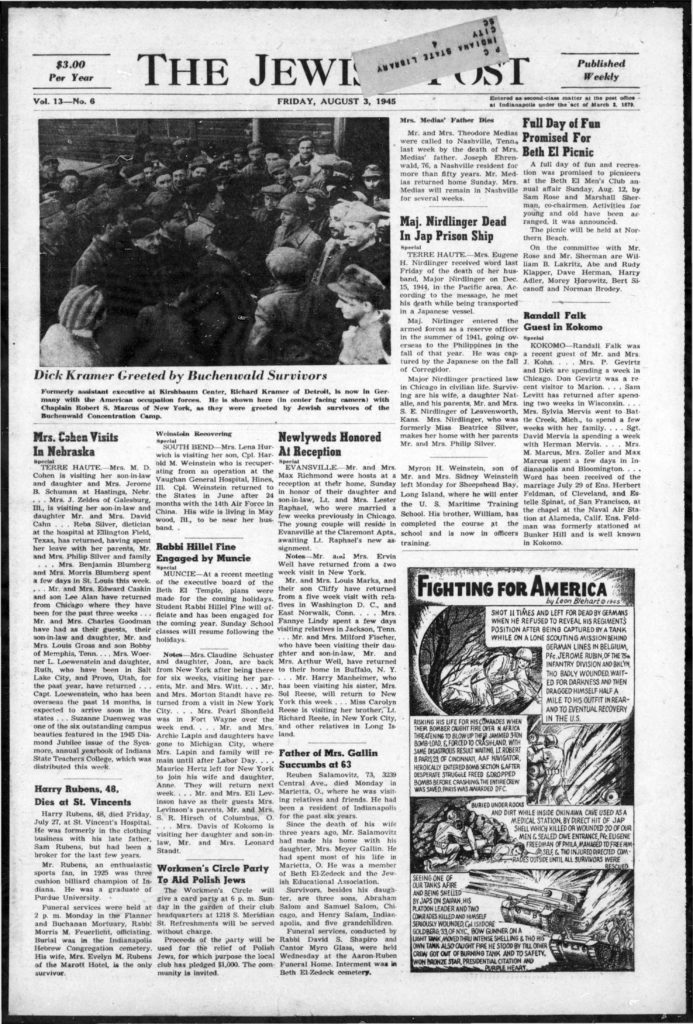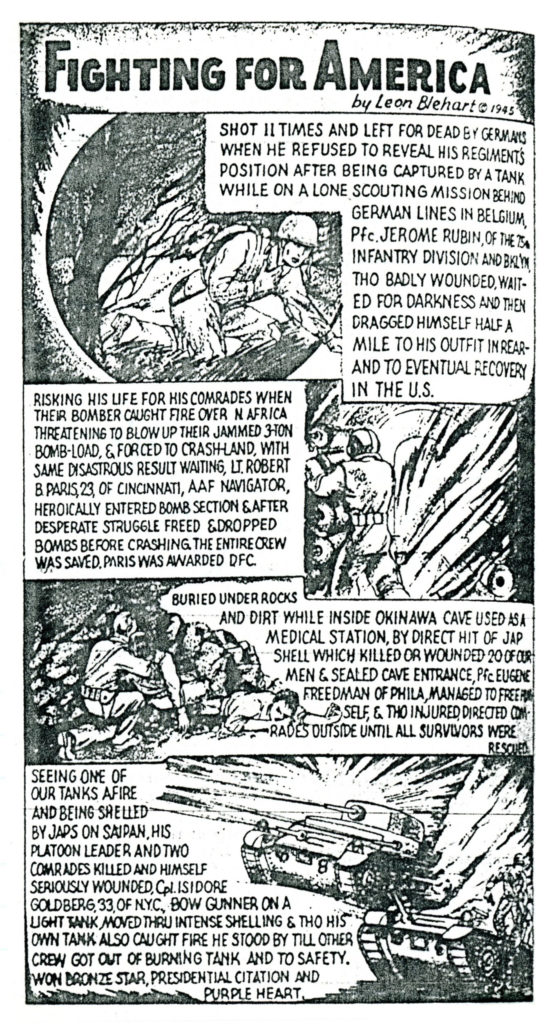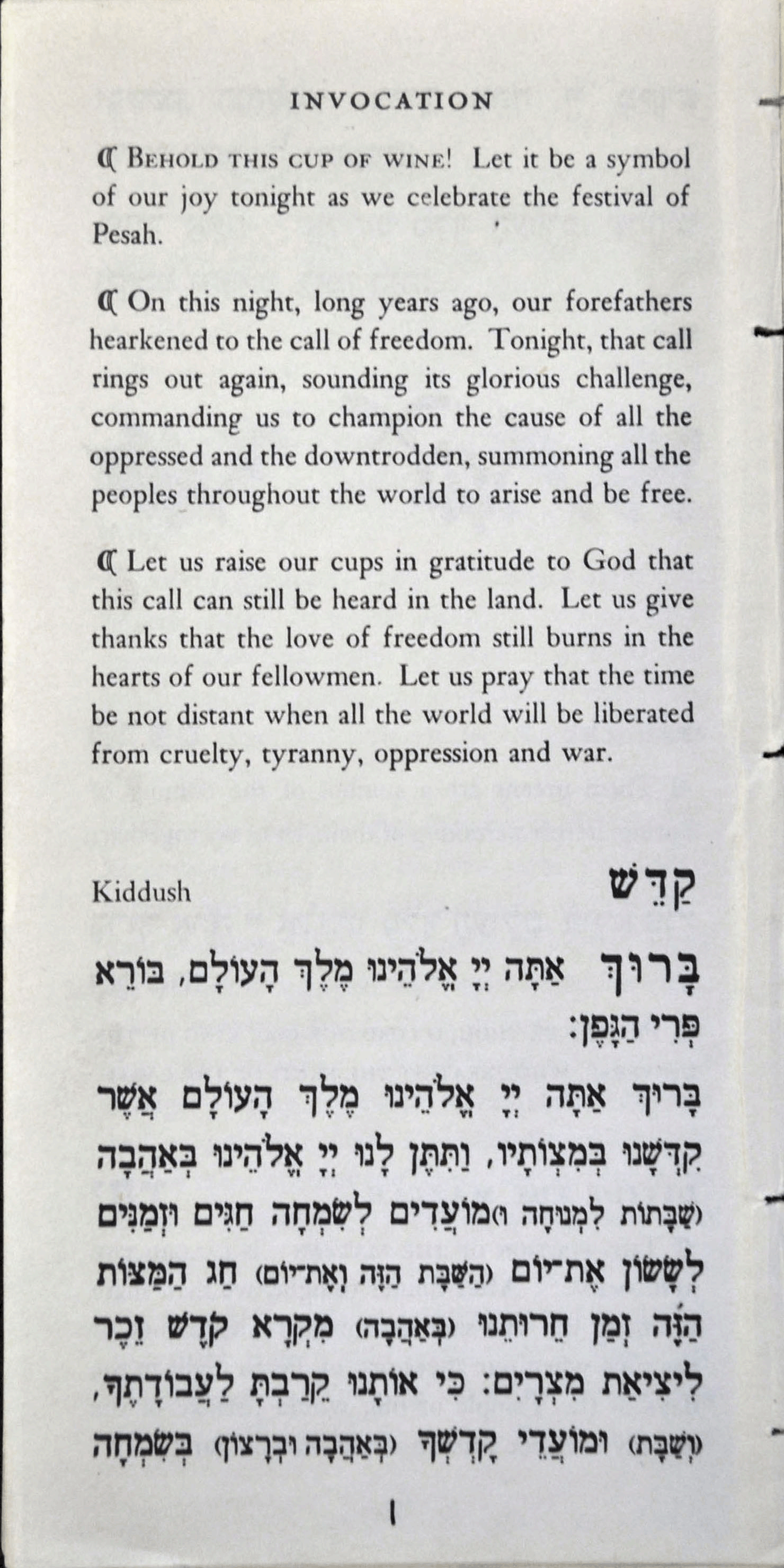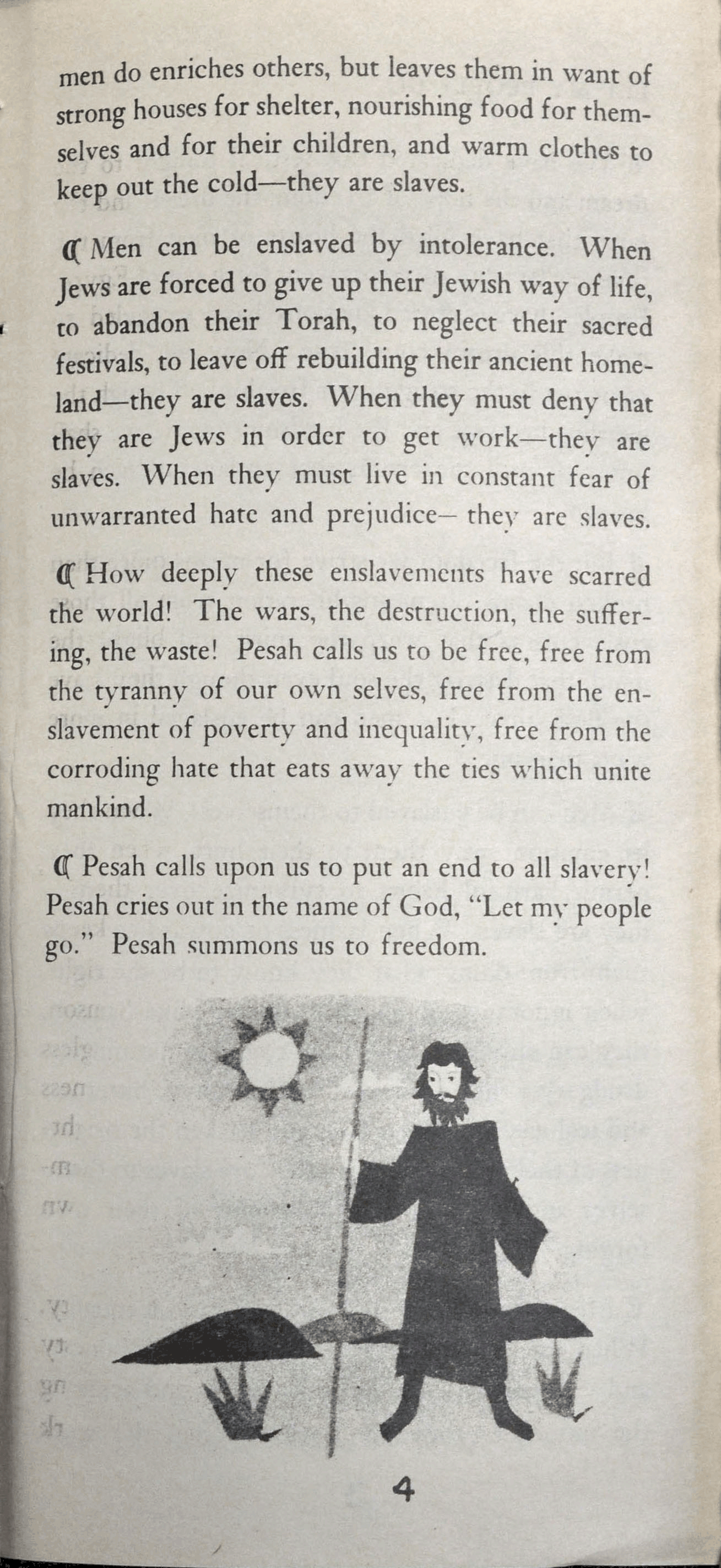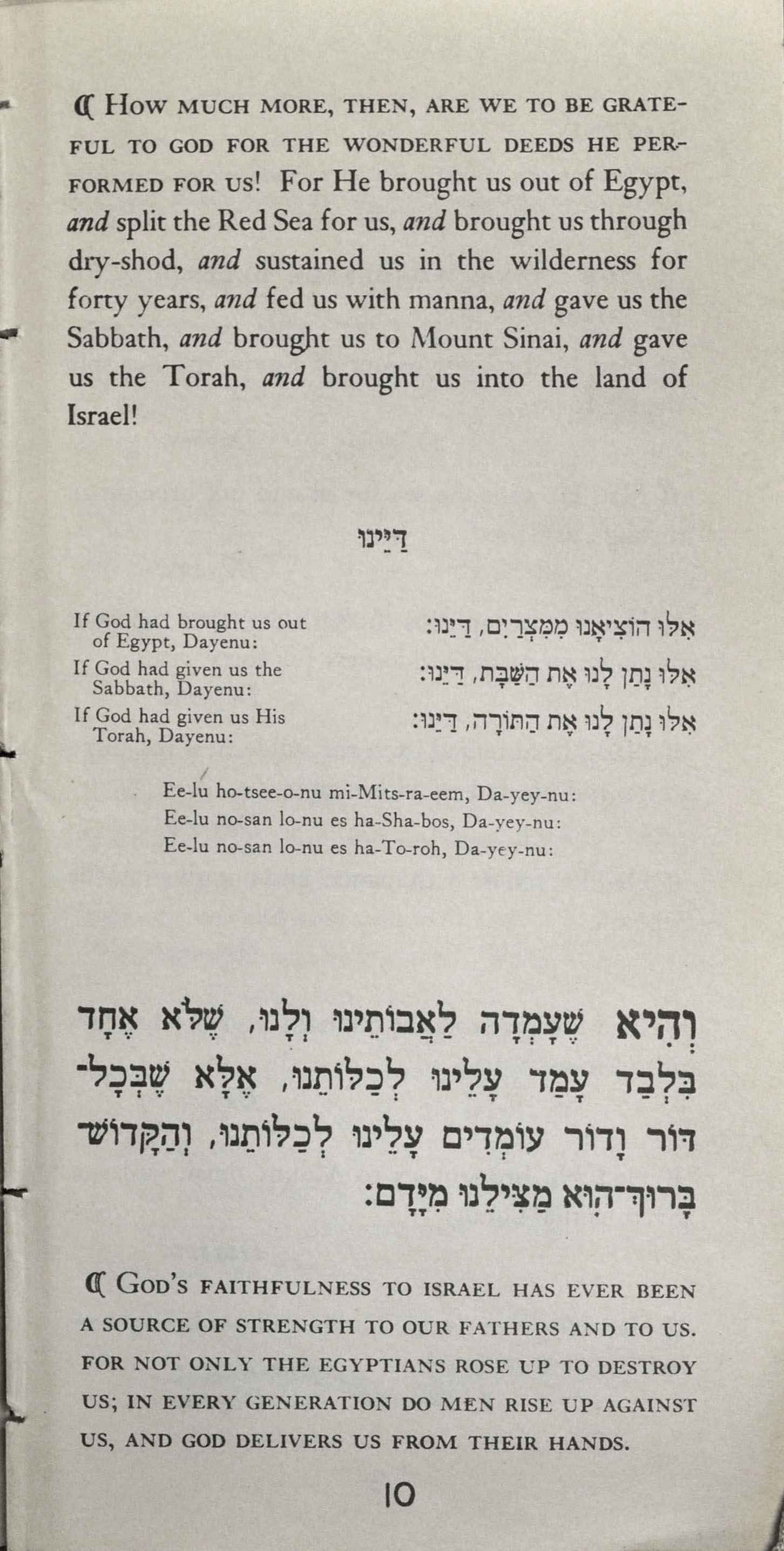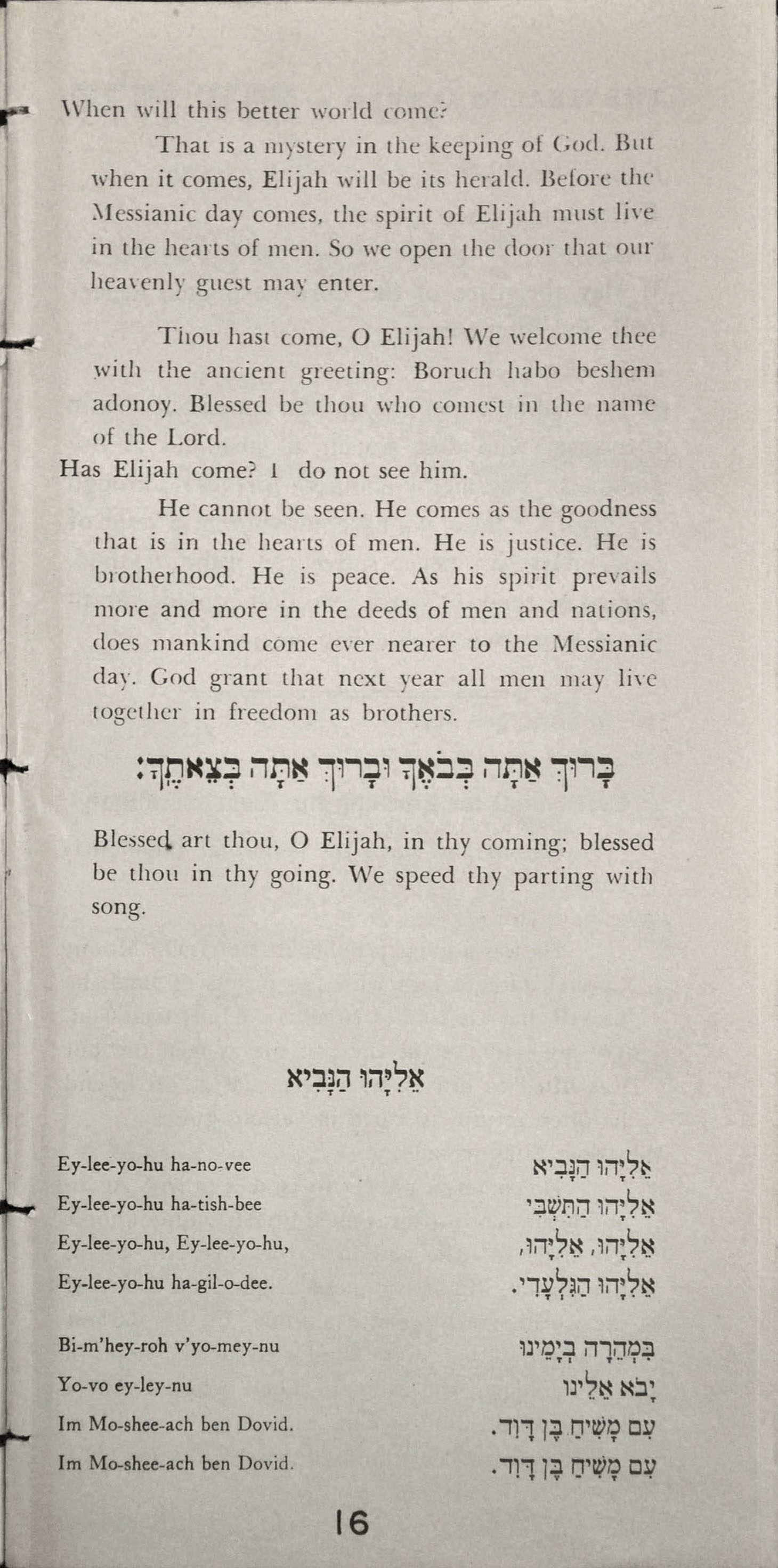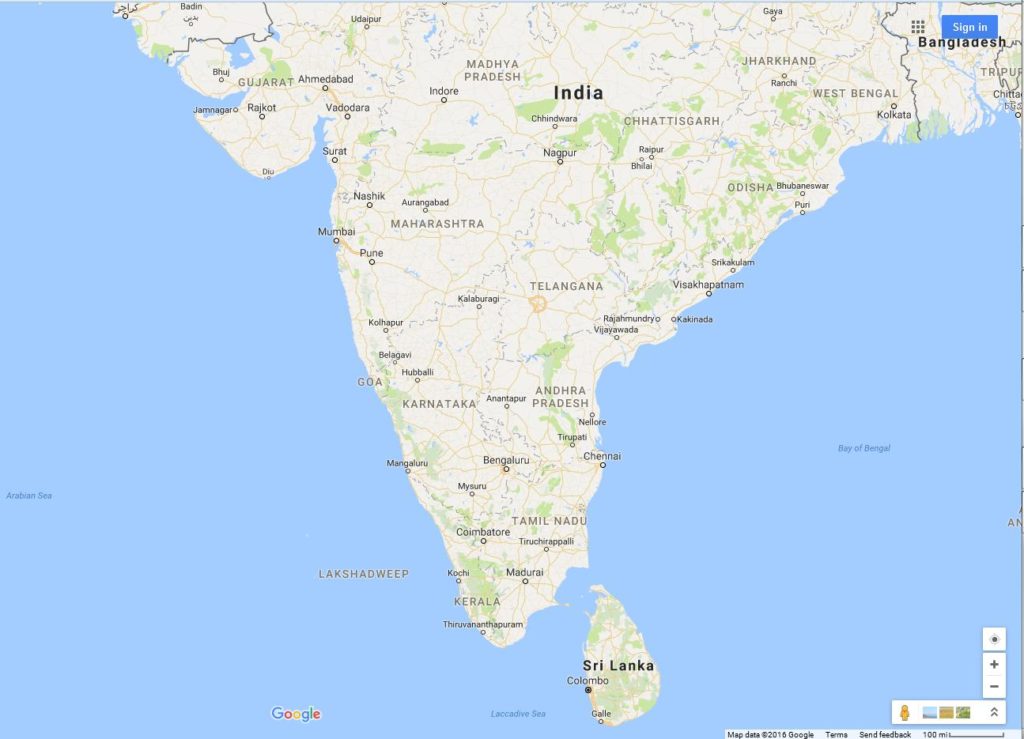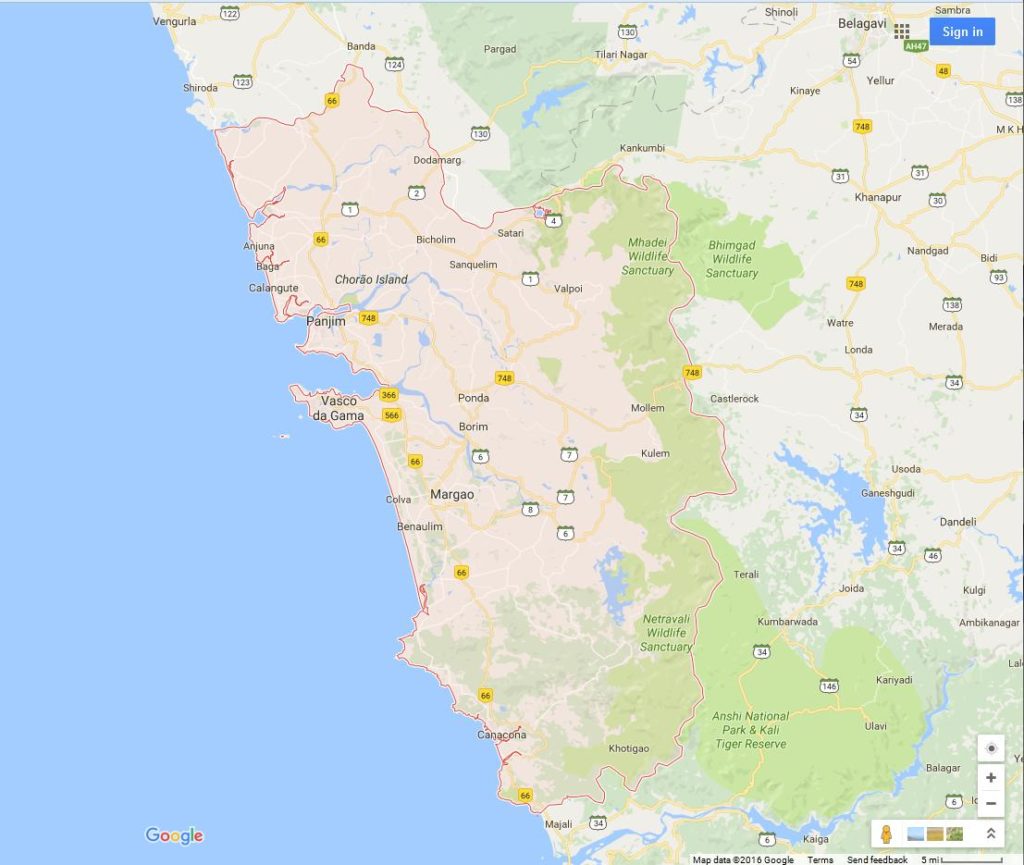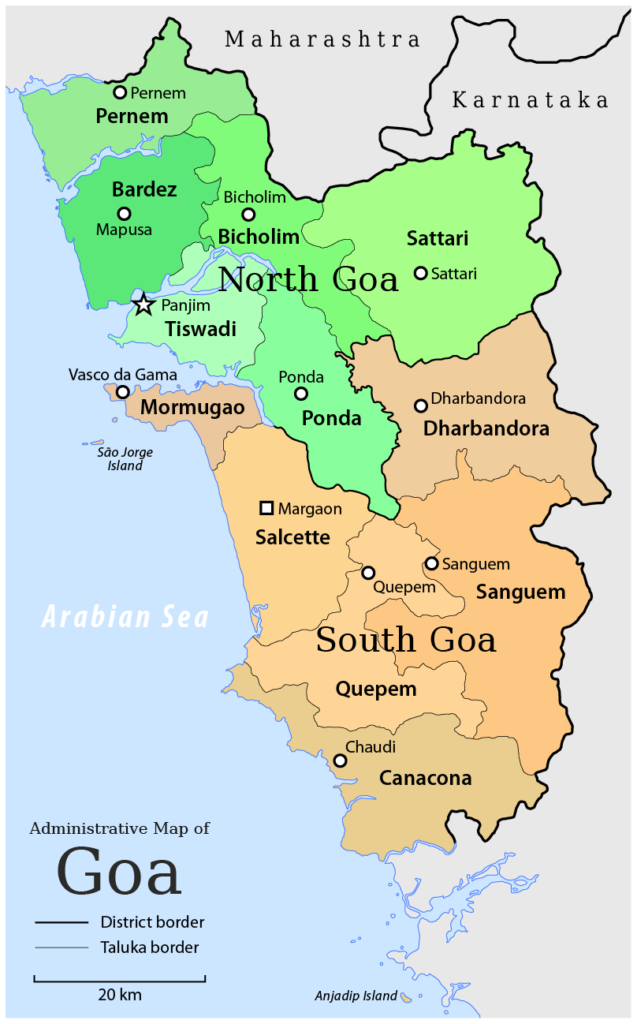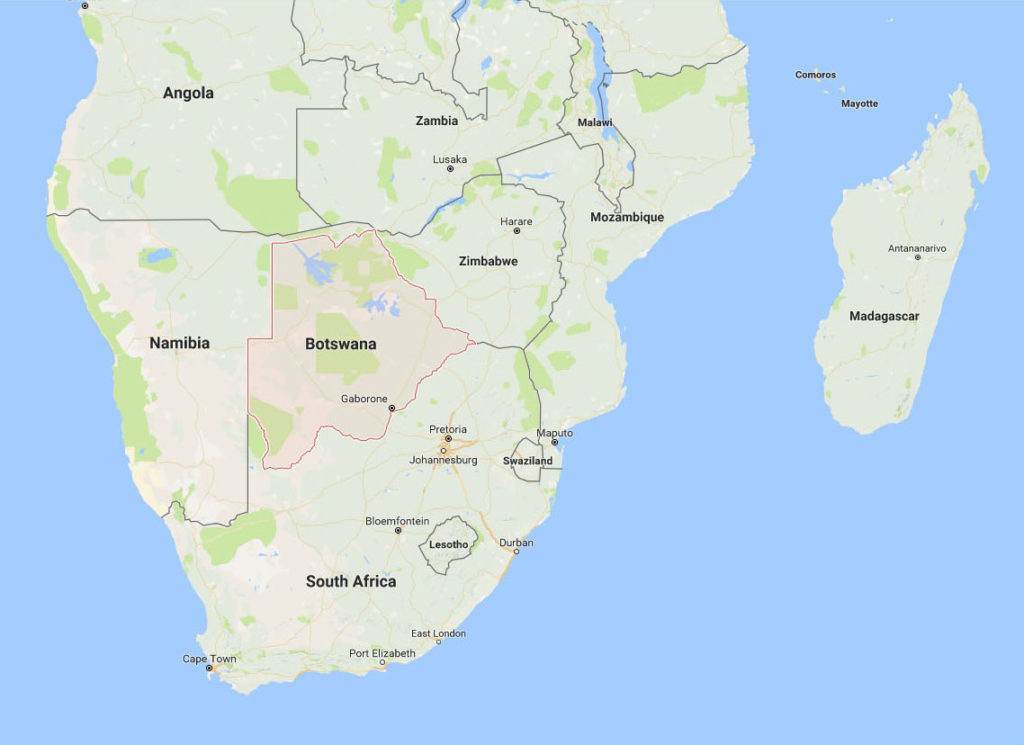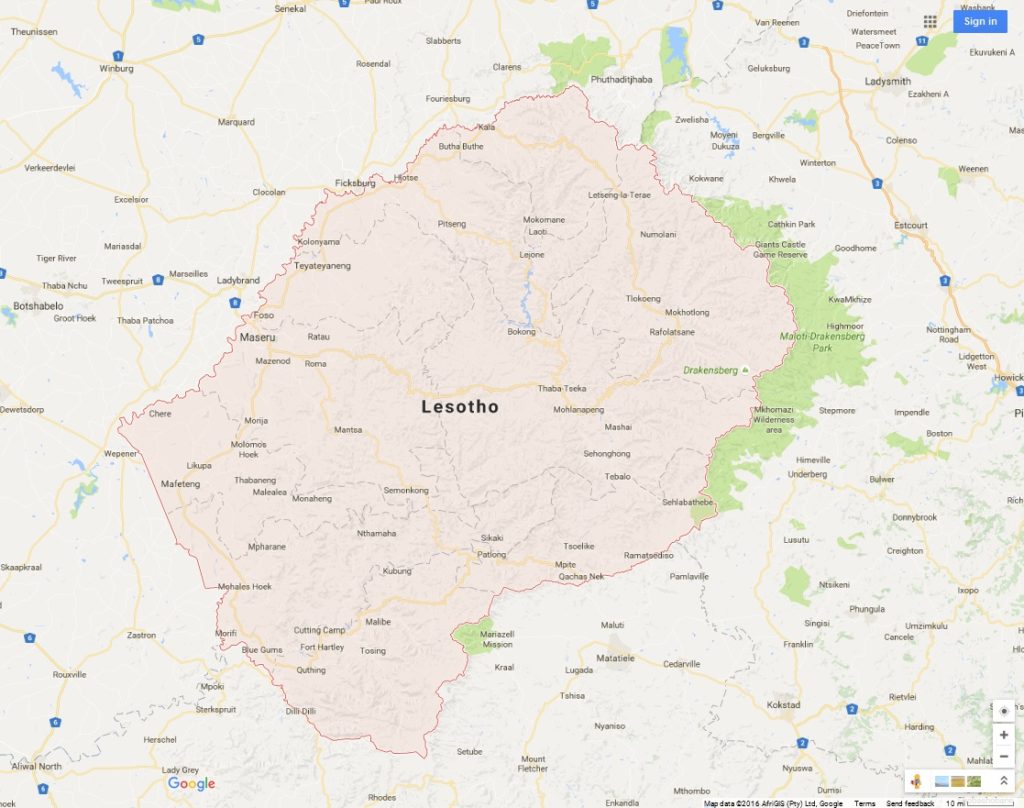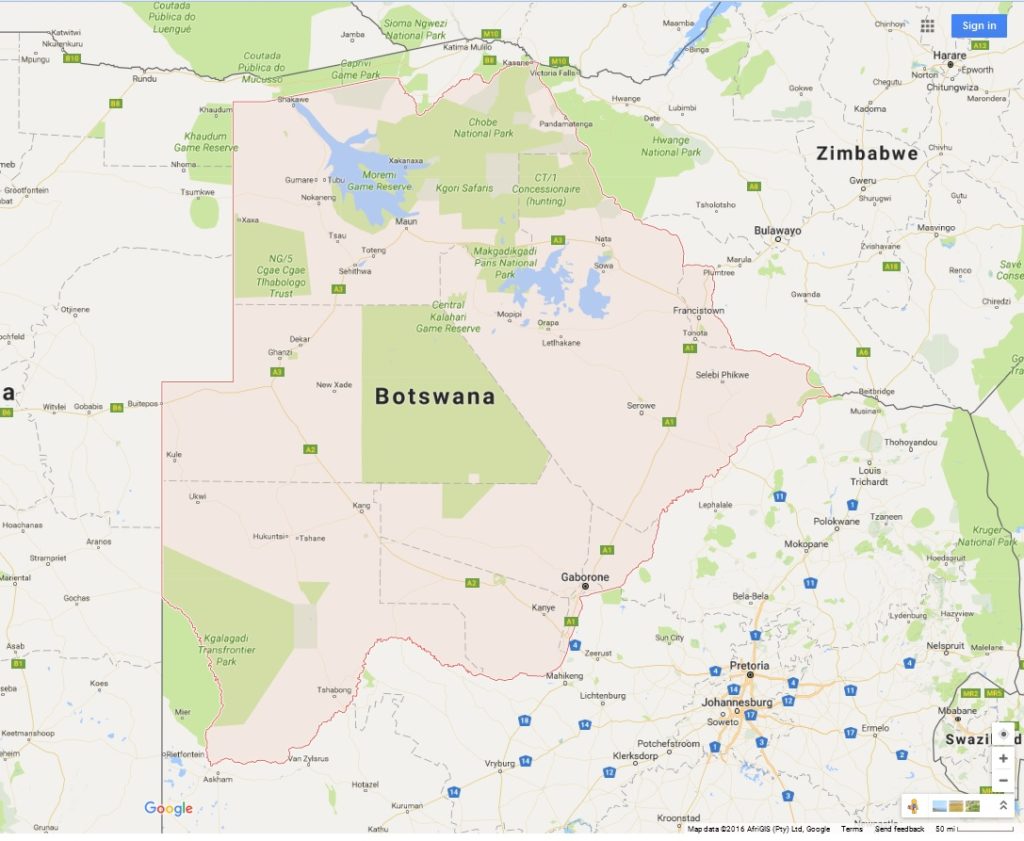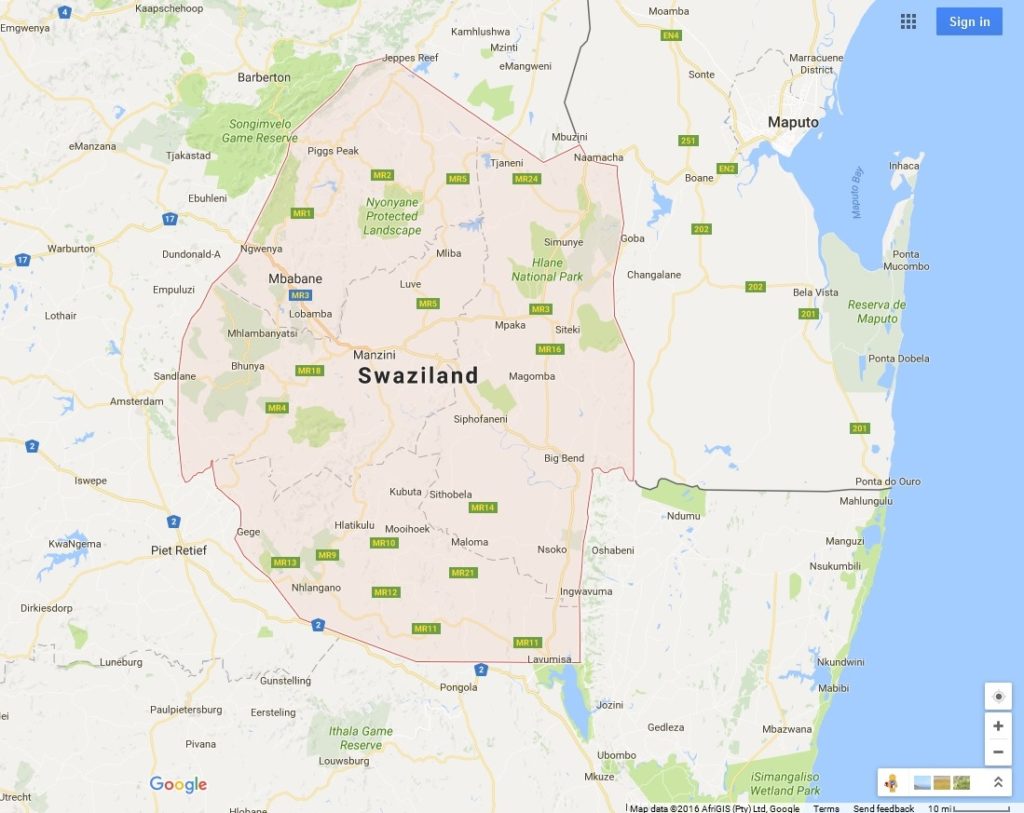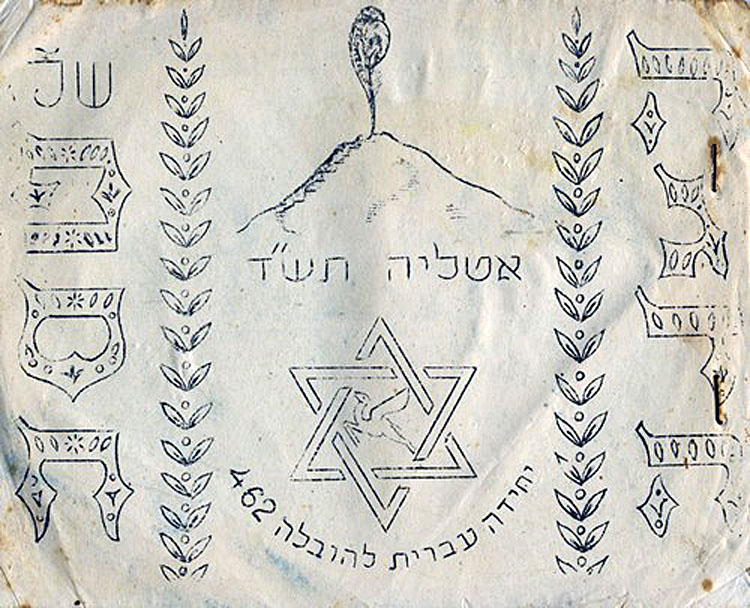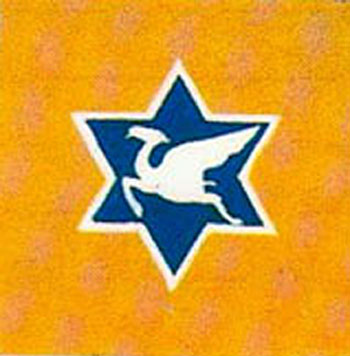An essential aspect of all military endeavors is the provision of the material and logistical support – transportation; supply; repair; maintenance; communications; medical services, and more – that can enable a force of combat arms (land, sea, or air; singly, or more often in combination) to conduct offensive or defensive military activity. The centrality of this aspect of military operations has been manifest in practically every conflict of the twentieth century (and certainly far earlier), by the armed forces of practically every nation engaged in military conflict.
A related aspect of this facet of military service has been – especially during period of mass conscription – the mobilization and conscription of citizens who would not typically not be subject to military service, “freeing up” other citizens to directly serve in combat positions.
A noteworthy example of this was Britain’s Auxiliary Territorial Service, or “A.T.S.”, which, established in September of 1938, was the women’s branch of the British Army during World War Two. A.T.S. members served as cooks, clerks, storekeepers, drivers, postal workers, and ammunition inspectors. Though A.T.S. members were prevented from serving in battle, some members of the Service eventually did serve in such tasks as radar operators, anti-aircraft gun crews, and members of the military police. The nature of such assignments was not without risk, as – according to the Wikipedia entry on the A.T.S. – the A.T.S. incurred 717 deaths during the war out of a total mobilized force of over 190,000 women.
During World War Two, some 30,000 men from the Yishuv served in the British armed forces, at the behest of the Jewish Agency. Eventually, this recruitment effort extended to women, due to an agreement between British authorities and the Council of Women’s Organizations. Eventually, some 4,350 women from the Yishuv would serve in the A.T.S. and W.A.A.F. (Women’s Auxiliary Air Force).
A group of A.T.S. drivers from the Yishuv became the subject of a photo essay which appeared in the British military newspaper Parade – Middle-East Weekly, on February 12, 1944, under the title “Convoy Girls of the A.T.S.”
First published in mid-August of 1940, Parade – edited by A.W. Parsons and Captain D.H. Flockhart – was published by the “Inter-Service Publications Directorate for the Joint Publications Board”. The publication was printed in Cairo by Al Hilal, which was – according to the masthead – the “Sole Distributor for Egypt, Sudan, Syria, “Palestine” and Cyprus”. As indicated by its title, Parade’s news coverage focused upon – but was certainly not limited to – British military activity in North Africa, the Middle East, and Mediterranean, in time expanding in scope to encompass news from other theaters of war, and the armed forces of other Allied nations, such as United States, Soviet Union, and other European countries. The magazine frequently presented photographic essays about national, ethnic, and religious groups throughout the Middle East, as well as military, cultural, and social news from the British Isles. Likewise, the back page of many issues featured a full-page-size pin-up of a prominent (or not so prominent?!) actress.
In its day, Parade provided news for Commonwealth military personnel. In our day, it offers a fascinating, retrospective view of the British military, as well as an “image” (quite literally, considering the abundance of illustrations in each issue!) of the early 1940s, as seen through and portrayed by British military and political leadership during that decade.
The images from “Convoy Girls of the A.T.S.” appear below.
I hope to bring you further posts based upon images and articles in Parade, in the future.
____________________
Brief and to the point, the following is the entirety of the text that accompanies the photos:
 A Corporal poses beside her truck.
A Corporal poses beside her truck.
 A group of drivers receives a briefing.
A group of drivers receives a briefing.
 The following image, showing a line-up of Dodge D15 GS trucks, is notable in two respects.
The following image, showing a line-up of Dodge D15 GS trucks, is notable in two respects.
1) A British “roundel” – intended to provide rapid air-to-ground recognition to forestall “friendly-fire” by Allied aviators – is visible on the upturned hood of the middle truck.
2) Note that the face of the driver kneeling in front of her truck (the woman wearing heavy gloves) has been obscured, unlike her comrades. This leads to conjecture… Did she request anonymity to protect any family who still might be living in German-occupied Europe?
 A Dodge is driven to an assembly point.
A Dodge is driven to an assembly point.
 A group of drivers receive rations at a rest point.
A group of drivers receive rations at a rest point.
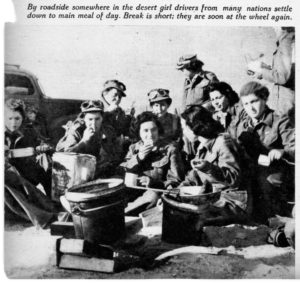 Whether posed or genuine, this photo gives an indication of accommodations (or, lack thereof!) to be found in the desert!
Whether posed or genuine, this photo gives an indication of accommodations (or, lack thereof!) to be found in the desert!
The American Hebrew of January 19, 1945, in an article covering military service of volunteers from the Yishuv in the Allied armed forces, featured a photo (certainly posed) of a Yishuv A.T.S. driver in Italy. Her cap badge is quite obvious.
 Here’s a much (!) better view of an A.T.S. cap badge, displayed at the website of the Historama Online History Shop:
Here’s a much (!) better view of an A.T.S. cap badge, displayed at the website of the Historama Online History Shop:
Curiously, in place of its typical weekly back-page pin-ups of actresses, during 1943, three issues of Parade featured pin-ups promoting enlistment in the A.T.S. These pin-ups are shown below.
Two of the pin-ups – by the Austrian artist A. Sevek – are idealized portraits of A.T.S. servicewomen, both wearing service caps bearing the organization’s badge. Given the differences in the women’s facial features, Sevek’s drawings very likely depicted actual A.T.S. personnel. Unfortunately (and quite understandably), Parade did not reveal their names.

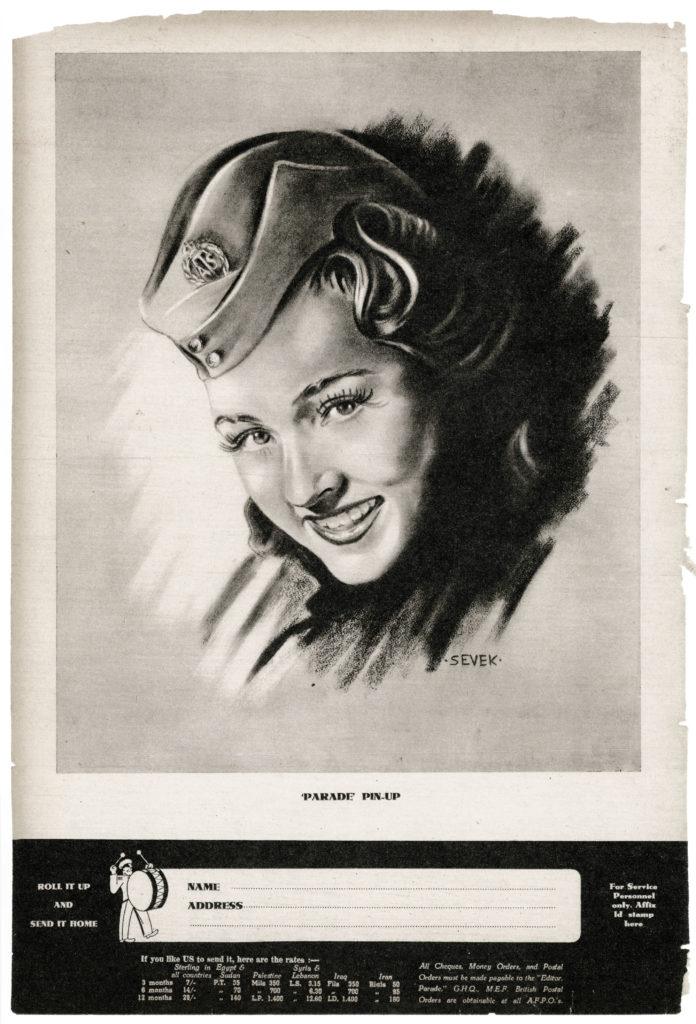 The third A.T.S. pin-up isn’t – really! – a pin-up at all. It’s actually a full-page photo (probably posed) of an A.T.S. servicewoman working on the engine of a Ford truck, intriguingly nicknamed “Partisan”. The ad presents a more realistic – hence less idealized – depiction of an A.T.S. servicewoman in the Yishuv, or, Egyptian desert. An unspoken message of the ad would seem to be, “Are you ready for the challenge?”
The third A.T.S. pin-up isn’t – really! – a pin-up at all. It’s actually a full-page photo (probably posed) of an A.T.S. servicewoman working on the engine of a Ford truck, intriguingly nicknamed “Partisan”. The ad presents a more realistic – hence less idealized – depiction of an A.T.S. servicewoman in the Yishuv, or, Egyptian desert. An unspoken message of the ad would seem to be, “Are you ready for the challenge?”
 A notable aspect of the ad are the four “blurbs” promoting enlistment in the A.T.S., which answer the lead statement, “She has released a man…” These are:
A notable aspect of the ad are the four “blurbs” promoting enlistment in the A.T.S., which answer the lead statement, “She has released a man…” These are:
- No – he wasn’t trapped under the bonnet. He was doing a job, but could have been more usefully employed elsewhere.
- By joining the A.T.S. this girl has enabled him to be released for more important duties with fighting troops in forward zone.
- Girls are needed for the A.T.S. in the M.E. as drivers, clerks, storewomen, hospital orderlies, draughtswomen and ‘phone operators.
- If you join the A.T.S. you will be helping soldiers with their jobs. You will find the training interesting and conditions good.
The pin-up also includes the locations of A.T.S. recruiting offices. These were located at:
In Egypt:
114, Rue Fouad, Alexandria
Kasr el Nil Barracks, Cairo
Sarafand
In the Yishuv:
Allenby Street, Tel-Aviv
Princess Mary Avenue, Jerusalem
Kingsway, Haifa
…a restored Ford F60L truck (1941 vintage), from the Wheels and Tracks website. Just to give you an idea…!
____________________
As a part of this research, I’ve attempted to identify the Jewish servicewomen – from the Yishuv and elsewhere – who died while serving in the A.T.S. Their names are listed below.
A list of abbreviations follows each record, representing the following sources of information:
Gelber II – Jewish Palestinian Volunteering in the British Army During the Second World War – Volume II – The Struggle for A Jewish Army, by Dr. Yoav Gelber, Yav Izhak Ben-Zvi Publications, Jerusalem, Israel, 1981
TJC – The Jewish Chronicle
“WWRT I” and “WWRT II” – Volumes I and II of We Will Remember Them – A Record of the Jews Who Died in the Armed Forces of the Crown 1939-1945
____________________
Jewish Casualties in the Auxiliary Territorial Service
In the Second World War
– .ת.נ.צ.ב.ה. –
Bat Shalom, Sara Pvt. W/PAL/195678
5/29/42 (“Died in Egypt as the result of an accident.”)
Tel-el-Kebir War Memorial Cemetery, Egypt – 3,C,8
Gelber II – 318; TJC 8/13/43; WWRT I – 060, 238; WWRT I as “Bat-Shalom, Sara”; CWGC as “Ben Shalom, Sara”
Ben Baruch, Rachela Pvt.
Israel, Rishon-le-Zion; 1925
Died on Active Service (Illness)
TJC 11/23/45 (Cannot identify in CWGC database)
Berger, Cornelia Pvt. W/PAL/203704
9/3/44 (“Died in Egypt as the result of an accident.”)
Tel-el-Kebir War Memorial Cemetery, Egypt – 5,J,6
Gelber II – 318; WWRT I – 239
Best, Ruth Pvt. W/PAL/195938
4/29/43
Ramleh 1939-45 Memorial, Ramleh, Israel
Gelber II – 318; WWRT I – NL; WWRT II – NL
Blank, Sara Rachela Shoshana Sgt. W/PAL/203880
12/20/44 (“Died in Israel as the result of an accident.”)
Ramleh War Cemetery, Ramleh, Israel – W,32
TJC 1/12/45; Gelber II – 318; WWRT I – 064, 239; WWRT I as “Blank, Shoshanah”
Butovitzky Stein, Chava Pvt. W/PAL/221031
3/24/43 (“Died in Egypt as the result of an accident.”)
Tel-el-Kebir War Memorial Cemetery, Egypt – 4,N,5
WWRT I – 240; WWRT I as “Butovitzky-Stein, Chava”; CWGC as “Stein Butovecky, Haya”
Courtman, Stefahia Pvt. W/PAL/203386
10/4/45
Brookwood 1939-1945 Memorial – Panel 23, Column 1
Gelber II – 330; WWRT I – NL; WWRT II – NL
Epstein, Milada Pvt. W/PAL/195790
6/14/43 (“Died in Egypt from Illness.”)
1906
Mr. Emil Epstein (husband), Northampton, England
Mr. and Mrs. Tomas Chytil and Frantiska Chytilova (parents)
Suez War Memorial Cemetery, Suez City, Egypt – 3,A,14
Gelber II – 317; WWRT I – 242 (WWRT I as “Epstein, Milda”; CWGC as “Epsteinova, Milada”)
Ettlinger, Dora Leslie Pvt. W/PAL/245610
10/14/45 (“Died in Egypt.”)
Heliopolis War Cemetery, Heliopolis, Cairo, Egypt – 4,F,22
Gelber II – 316; WWRT I – 242
Kantorowicz, Chana Pvt. W/PAL/245725
1/23/44 (“Died in Israel from illness.”)
Ramoth Hashovim Cemetery, Israel
Gelber II – 331; WWRT I – 247 (WWRT I as “Kantorowicz, Chana”; CWGC as “Kantorowitz, Hanna”)
Katz, Rosel Pvt. W/PAL/245671
Royal Electrical and Mechanical Engineers, 2nd Base Workshop
7/15/43 (“Died in Egypt from Illness.”)
Tel-el-Kebir War Memorial Cemetery, Egypt – 4,K,4
Gelber II – 325; WWRT I – 248 (WWRT I as “Katz, Rozelle”; CWGC as “Katz, Rosel”)
Kelman, Lola Cpl. W/PAL/195297
12/24/42
Tel el Kebir War Memorial Cemetery – 1,B,10
Gelber II – 331; WWRT I – NL; WWRT II – NL
Krausz, Bertha Pvt. W/88628
1904
5/13/42
Birmingham (Witton) Jewish Cemetery, Warwickshire, England – Section C, Row, 1, Grave 316
WWRT II – 17
Krotovetsky, Chaia Stein
Tel-Aviv, Israel
TJC 4/16/43 (Cannot identify in CWGC database)
Levavi, Uhma Pvt. W/PAL/245414
1923
11/25/44
Mr. and Mrs. Meir and Sonia Levavi (parents), Kibbutz Merhavia, Israel
Heliopolis War Cemetery, Heliopolis, Cairo, Egypt – 6,L,11
Gelber II – 325; TJC 12/22/44; WWRT I – NL; WWRT II – NL (TJC gives name as “Ochama Levavi“)
Loewenthal, Anna Pvt. W/57556
1921
8/19/43
Mr. and Mrs. Paul and Selma (Shoenfeld) Loewenthal (parents)
Miss K. Loewenthal (sister), c/o Mrs. Eber, 18 Hamilton Ave., Leeds, 7, England
Bristol Jewish Cemetery, Gloucestershire, England
TJC 9/3/43; WWRT I – 124
Mark, Tamar Pvt. W/PAL/220958
3/25/43 (“Died in Egypt as the result of an accident.”)
Kvutzat Avukah, Israel
Tel-el-Kebir War Memorial Cemetery, Egypt – 4,N,3
TJC 4/16/43; Gelber II – 326; WWRT I – 251
Neuberg, Miriam Pvt. W/PAL/195720 504th Company
6/22/42 (“Died in Egypt as the result of an accident.”)
Tel-el-Kebir War Memorial Cemetery, Egypt – 3,B,11
TJC 8/13/43; Gelber II – 327; WWRT I – 136, 253
Ostrogursky, Ilse Pvt. W/PAL/245813
7/3/44 (“Died in Egypt [Alexandria] as the result of an accident.”)
Germany, Leschnitzer; 1915
Alexandria (Hadra) War Memorial Cemetery, Alexandria, Egypt – 6,E,14
Aufbau 12/8/44; WWRT I – 254 (WWRT I as “Ostrogursky, Ilse”; CWGC and Aufbau as “Ostrogorski, Anneliese”)
Vilenchook, Pnina Pvt. W/PAL/245229
9/17/43
Tel Aviv (Nahlat Yitzhak) Cemetery, Tel Aviv, Israel – Plot 15, Row 9, Grave 5
Gelber II – 322; WWRT I – NL; WWRT II – NL
Weiss Politzer, Shoshana Pvt. W/PAL/203932
8/19/45 (“Died in Egypt as the result of an accident.”)
Heliopolis War Cemetery, Heliopolis, Cairo, Egypt – 4,G,20
Gelber II – 322; WWRT I – 261 (WWRT I as “Weiss-Politzer, Shoshana”; CWGC as “Weiss Politzer, Berse”)
Wirth, Bracha Pvt. W/PAL/221085
5/28/45 (“Died in Israel as the result of an accident.”)
Ramleh 1939-45 Memorial, Ramleh, Israel
Gelber II – 322; WWRT I – 262 (WWRT I as “Wirt, Bracha”)
Yahaloumy Chizik, Bat-Ami Pvt. W/PAL/203376
3/24/43
Metulah, Israel
Tel-el-Kebir War Memorial Cemetery, Egypt – 4,N,4
TJC 4/16/43 (TJC lists name as “Yahalomi, Batami”); Gelber II – 324; WWRT I – NL; WWRT II – NL
____________________
References – Books
Gelber, Yoav, Jewish Palestinian Volunteering in the British Army During the Second World War – Volume II – The Struggle for A Jewish Army, Yav Izhak Ben-Zvi Publications, Jerusalem, Israel, 1981
Kessler, Oren, “In Israel and Palestinian Territories, British Still Tend Memory of 16,000 War Dead”, Tablet, November 11, 2013, at http://www.tabletmag.com/jewish-news-and-politics/151916/british-war-graves-in-israel (Accompanying photograph shows matzeva of Sara Rachela Shoshana Blank, at Ramle War Cemetery)
Medoff, Rafael, “Lag B’Omer 1942, ‘Jewish Amazons,’ And The Pyramids”, The Jewish Press, May 15, 2014, at http://www.jewishpress.com/indepth/opinions/lag-bomer-1942-jewish-amazons-and-the-pyramids/2014/05/15/
Morris, Henry, Edited by Gerald Smith, We Will Remember Them – A Record of the Jews Who Died in the Armed Forces of the Crown 1939 – 1945, 1989, Brassey’s, United Kingdom, London (See “The Palestinian Jewish Volunteers”, pp. 235 – 263)
Morris, Henry, Edited by Hilary Halter, We Will Remember Them – A Record of the Jews Who Died in the Armed Forces of the Crown 1939 – 1945 – An Addendum, 1994, AJEX, United Kingdom, London
References – Web
A. Sevek (website of Dr. Bex Lewis)
Auxiliary Territorial Service (Wikipedia), at Wikipedia
ATS and WAAF in World War Two, at Jewish Women’s Archive
A.T.S. Hat Badge (Historama Online History Shop), at Historama.com
Dodge D15 GS Truck (Canada at War), at Canada At War
Canadian Military Pattern Trucks, at Wikipedia
Ford F8 and Ford F60 Trucks, at Wheels and Tracks
“Jewish Parachutists Join British Forces; Jewish Artillery Unit Formed in Palestine”, Jewish Telegraphic Agency, February 26, 1942, at JTA
“Parade – Middle-East Weekly” (Westleton Chapel Books), at ChapelBooks
“The Face Behind the Poster [Leah Seidmann] – Website also presents ATS recruiting posters, and, images of ATS personnel – (World Zionist Organization – Central Zionist Archives)”, at ZionistArchives
Convoy Girls of the ATS, Parade, February 12, 1944

